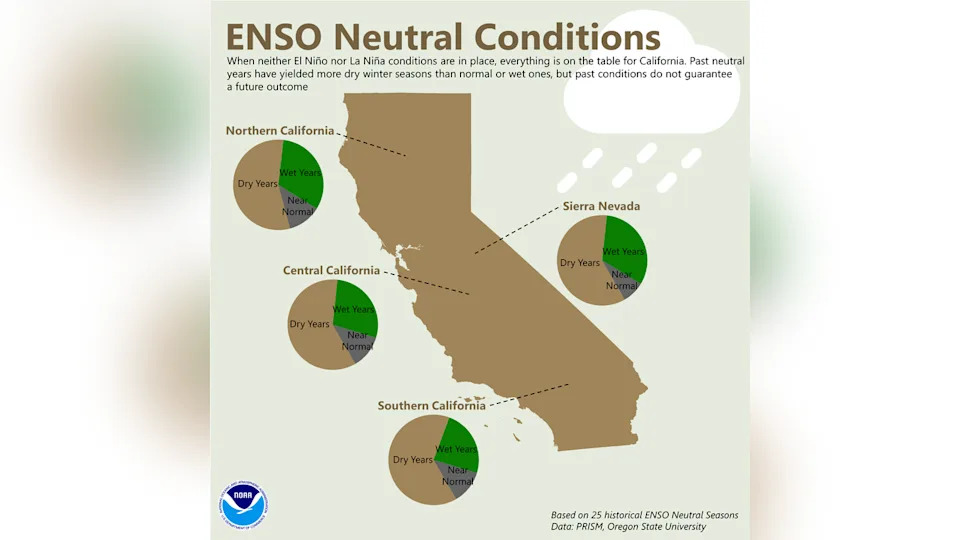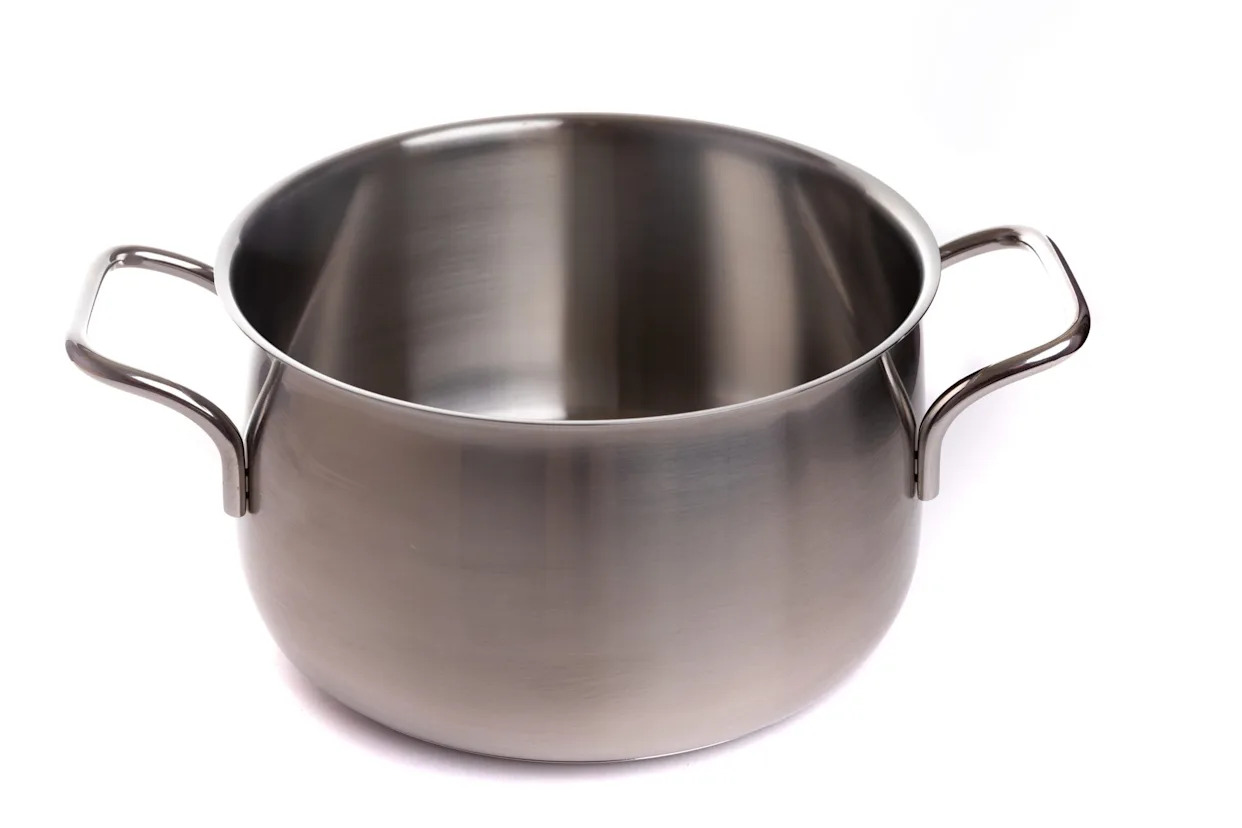The Brief
A La Niña Watch has been issued for California, signaling the possible return of the weather pattern.
The conditions are expected to develop late this fall and winter but are likely to be short-lived.
Forecasters predict average to below-average rainfall for Southern California this winter as a result.
LOS ANGELES - La Niña weather conditions are making a comeback in California soon.
This comes as a La Niña Watch was issued by the NOAA on Thursday. The alert will run through the emergence of a La Niña or until water temperatures start to warm in the Central and Eastern Pacific.
What is La Niña?
What we know
La Niña is the cool phase of the El Niño-Southern Oscillation (ENSO) cycle. During this time, there are cooler-than-average sea surface temperatures in the Central and Eastern Pacific Ocean.
Each cycle typically lasts between 9 months and a year, but there isn't a set schedule for when the world enters either La Niña or El Niño state.
What is the difference between La Niña and El Niño?
What they're saying
La Niña is the cool phase which is the opposite of El Niño, when warmer waters dominate the same region.
While a strong La Niña brings colder, stormier weather to much of the U.S., El Niño is known to produce more zonal patterns which lead to milder air.

A La Niña occurs when water temperatures are at least 0.5 degrees C cooler than normal for several consecutive months, while an El Niño unfolds during an equivalent episode of warmer-than-normal temperatures.
Both La Niña and El Niño tend to have their strongest influence over the weather in the winter.
El Niños occur irregularly, approximately every 2 to 7 years.
What does it mean?
What they're saying
According to the NOAA, the forecast models point towards ENSO-neutral conditions for the rest of 2025 and into 2026, with the odds of El Niño developing low.
Forecasters said if La Niña develops it will likely be short, but odds increase in the new year that neutral conditions will prevail.

This means, during winter, the southern U.S. stays warmer than average while the northern U.S. is cooler. Last winter qualified as a La Niña event, though it was weak.
Forecasters said La Niña conditions are likely to develop late fall into early winter before revering back to a neutral late winter.
"The forecast team narrowly favors La Niña thresholds being reached" between September and January, the CPC said in its forecast.
How does it impact California?
Forecasters said the odds are La Niña will bring average to below-average rainfall across Southern California this winter.
The Source
Information for this story is from the National Weather Service and the National Oceanic and Atmospheric Administration. FOX Weather contributed.






Comments